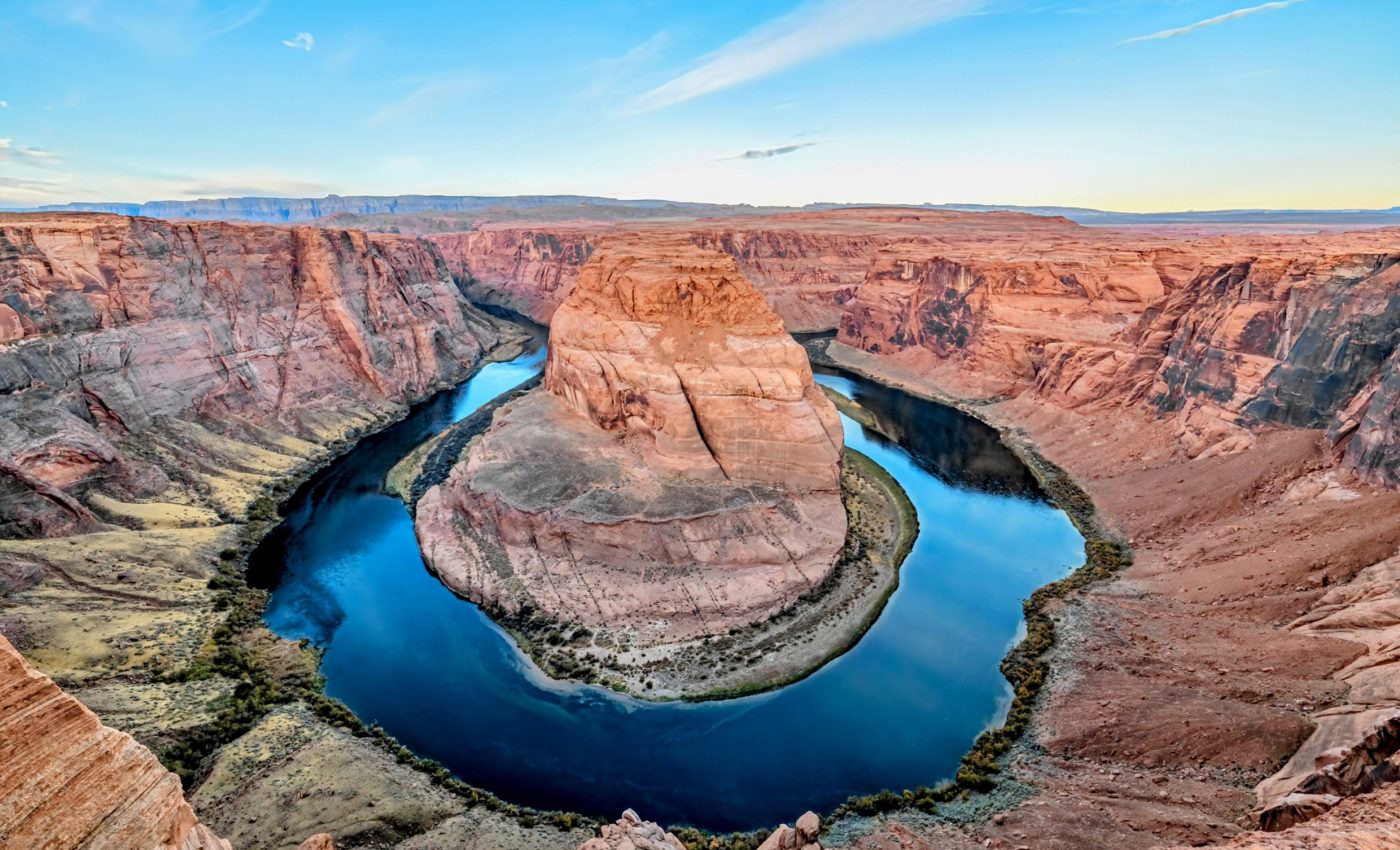
Climate change is now the driving force behind droughts
Droughts define the American West – dry, dusty, and unforgiving. Yet, these recurring droughts are not solely due to a lack of rainfall as previously thought.
A recent study indicates a different narrative, placing the blame on rising temperatures caused by human-induced climate change.
The study asserts that increased evaporation, driven by warmer temperatures, has played a more significant role than decreased precipitation in droughts across the American West, especially since 2000.
The study was conducted by scientists at UCLA and the National Oceanic and Atmospheric Administration (NOAA).
Rising heat and drought severity
The researchers concluded that during the 2020-2022 drought, evaporation accounted for 61 percent of the drought’s severity, while reduced precipitation contributed only 39 percent.
Study lead author Rong Fu, a UCLA professor of atmospheric and oceanic sciences, made an interesting clarification.
“Research has already shown that warmer temperatures contribute to drought, but this is, to our knowledge, the first study that actually shows that moisture loss due to demand is greater than the moisture loss due to lack of rainfall,” noted Professor Fu.
A shift in perspective
Historically, drought in the West has been associated with reduced rainfall. However, warming temperatures caused by the burning of fossil fuels have intensified evaporative demand.
This clearly broadens our perspective on the causes of drought, highlighting the need to account for human activities and their impacts on the environment.
Veva Deheza, executive director of NOAA’s National Integrated Drought Information System and co-author of the study, elaborated on this shift in understanding.
“For generations, drought has been associated with drier-than-normal weather. This study further confirms we’ve entered a new paradigm where rising temperatures are leading to intense droughts, with precipitation as a secondary factor,” said Deheza.
The rain that never falls
Our climate is a complex system. As the planet warms, evaporation rates increase. Even though a warmer atmosphere can hold more water vapor, it will not necessarily result in precipitation.
Heat keeps water molecules in constant motion, making condensation – and thus rainfall – difficult. This cyclic process suggests that droughts will last longer, cover wider areas, and be even drier with every bit that the planet warms.
Heat, evaporation, and droughts
What happens when we analyze observational data over a 70-year period about “natural” droughts and those resulting from human-induced climate change?
Surprisingly, researchers found that climate change has accounted for 80 percent of the increase in evaporative demand since 2000. During the drought periods, that figure increased to more than 90 percent.
These figures reveal that climate change is the main driver increasing drought severity and expansion since 2000.
Climate change and drought severity
The researchers made a dramatic comparison of drought patterns. Before 2000, only 26 percent of droughts were caused by high evaporative demand. Since 2000, this figure jumped to 66 percent.
Professor Fu highlighted the impact of climate change on the drought severity.
“Though the drought began through a natural reduction in precipitation, I would say its severity was increased from the equivalent of ‘moderate’ to ‘exceptional’ on the drought severity scale due to climate change.”
The future of droughts
The study concludes with a warning. If the emission of greenhouse gases continues unabated, what we once considered severe droughts will become more frequent events in the not-so-distant future.
“Even if precipitation looks normal, we can still have drought because moisture demand has increased so much and there simply isn’t enough water to keep up with that increased demand,” said Professor Fu.
“This is not something you could build bigger reservoirs or something to prevent because when the atmosphere warms, it will just suck up more moisture everywhere. The only way to prevent this is to stop temperatures from increasing, which means we have to stop emitting greenhouse gases.”
The research was supported by NOAA’s National Integrated Drought Information System and Climate Program Office, and the National Science Foundation.
The findings highlight the urgent need to address climate change. The future of the American West depends on us – on our actions and our commitment to preserving the environment.
The study is published in the journal Science Advances.
—–
Like what you read? Subscribe to our newsletter for engaging articles, exclusive content, and the latest updates.
Check us out on EarthSnap, a free app brought to you by Eric Ralls and Earth.com.
—–













